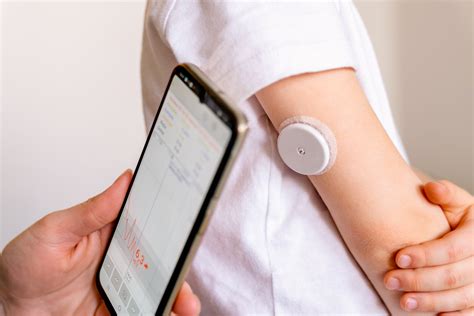Continuous Glucose Monitoring (CGM) Devices - Real-time Blood Sugar Monitoring | UK Encyclopedia
Continuous Glucose Monitoring (CGM) Devices FAQ
What is continuous glucose monitoring (CGM)?
Continuous glucose monitoring (CGM) devices help you manage Type 1 or Type 2 diabetes with fewer fingerstick tests. A sensor just under your skin measures your glucose levels 24 hours a day. A transmitter sends results to a wearable device or cell phone. It takes time to learn how to use CGM, but it can help you more easily manage your health.
What is a continuous glucose monitor?
Continuous glucose monitoring can help you manage your glucose levels in real-time and relieve the burden of having to do multiple finger prick tests throughout the day. Because they are continuous, they also measure your glucose overnight. Can I get a glucose sensor on the NHS?
Can continuous glucose monitors help people manage diabetes?
However, technology such as continuous glucose monitors (CGMs) offer a practical option that may make it easier to monitor and control blood sugar. In this article, we will explore how CGMs work and how they can help people manage diabetes.
What is a flash glucose monitor & continuous glucose monitor?
Flash glucose monitors and continuous glucose monitors let you check your sugar levels without you having to prick your fingers. You wear a small sensor on your body day and night that reads your sugar levels so you can see the information on your mobile, or other device.
How does a continuous glucose monitor work?
A continuous glucose monitor (CGM) estimates what your glucose level is every few minutes and keeps track of it over time. A CGM has three parts. First, there is a tiny sensor that can be inserted under your skin, often the skin on your belly or arm, with a sticky patch that helps it stay there. These sensors are called disposable sensors.
How does CGM monitor glucose levels?
CGM monitors your glucose level continuously and sends data to your display device on an ongoing basis. You can set it to alert you when your reading is high or low and you can easily view trends and patterns. With flash glucose monitoring, it is only when you scan your sensor that you can take a reading and see trends.
What is the difference between a CGM and a flash glucose monitor?
With a CGM your latest sugar levels show up on device or mobile automatically, transmitted by Bluetooth. With a flash glucose monitor, it’s only when you wave (scan) your device over your sensor that you get your sugar readings. But unlike Flash, some CGMs can ‘talk’ to an insulin pump, which is important if you want to use a closed loop system .
Continuous Glucose Monitoring (CGM) Devices References
If you want to know more about Continuous Glucose Monitoring (CGM) Devices, consider exploring links below:
What Is Continuous Glucose Monitoring (CGM) Devices
- https://www.nhs.uk/conditions/type-1-diabetes/managing-blood-glucose-levels/continuous-glucose-monitoring-cgm-and-flash/
- https://www.diabetes.org.uk/guide-to-diabetes/diabetes-technology/flash-glucose-monitors-and-continuous-glucose-monitors
- https://www.niddk.nih.gov/health-information/diabetes/overview/managing-diabetes/continuous-glucose-monitoring
Continuous Glucose Monitoring (CGM) Devices Information
Explore Related Topics
HIIT Safety Tips for Diabetic Exercisers
Share insights on safely incorporating High-intensity interval training into your exercise routine as a diabetic individual
